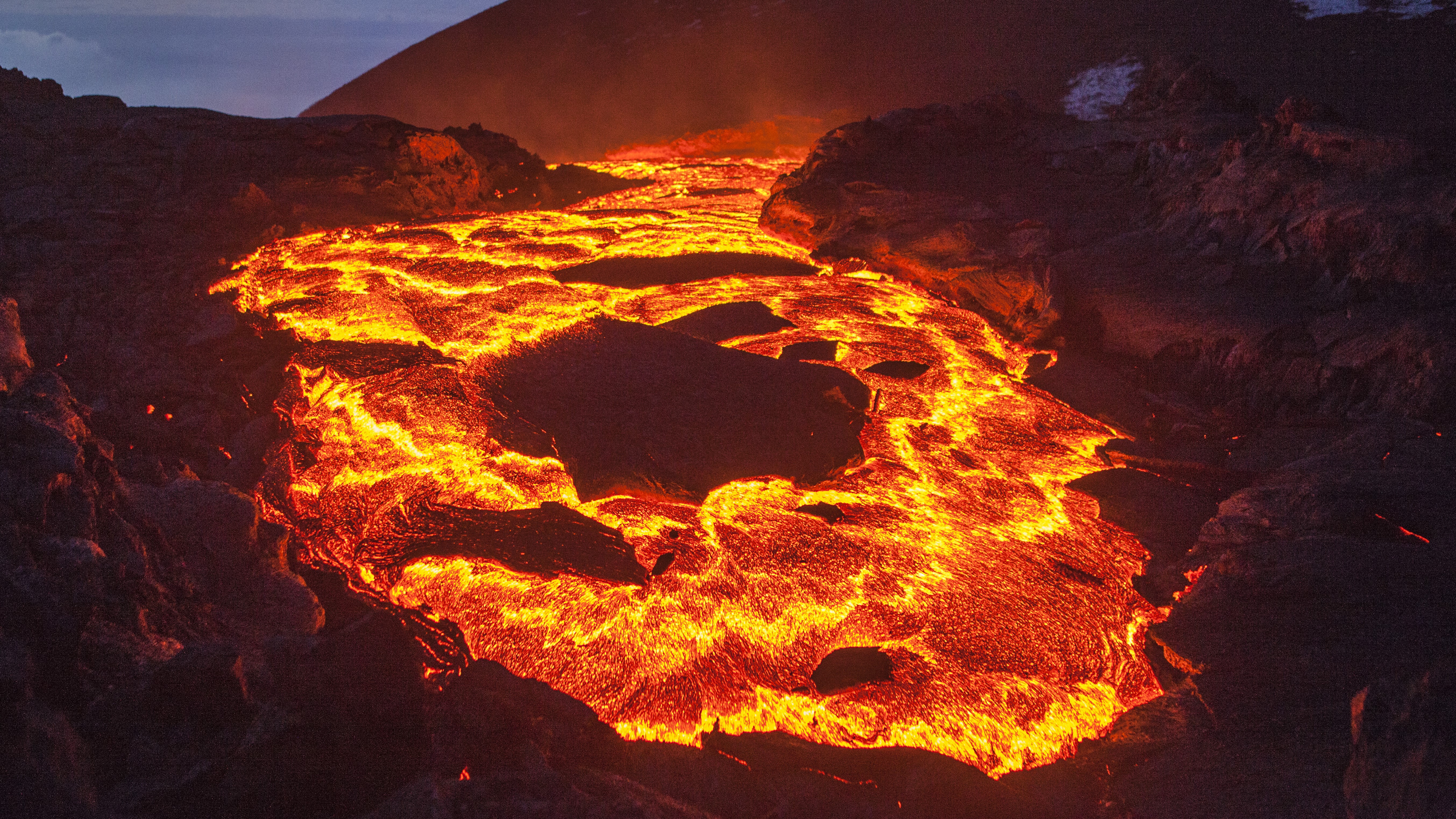Supervolcano 'megabeds' discovered at bottom of sea point to catastrophic events in Europe every 10,000 to 15,000 years
Four huge deposits from supervolcano eruptions over the last 40,000 years have been discovered at the bottom of the Mediterranean Sea.

Huge "megabeds" from ancient supervolcano eruptions are hiding at the bottom of the Mediterranean Sea, researchers have found. Their discovery points to a cycle of catastrophic events that appear to hit the region every 10,000 to 15,000 years.
Megabeds are huge submarine deposits that form in marine basins as a result of catastrophic events like volcanic eruptions.
The researchers found the beds while investigating deposits at the bottom of the Tyrrhenian Sea, near the coast of Italy, close to a large underwater volcano. Previous research into geohazards in the area using sediment cores and imaging indicated something was hidden beneath the ocean, but the resolution was not high enough to see the megabeds, lead study author Derek Sawyer, associate professor of Earth sciences at The Ohio State University, told Live Science.
In a new study published Aug. 10 in the journal Geology, Sawyer and colleagues went back to the site to create higher-resolution images of the layers of sediment and discovered a succession of four megabeds, each between 33 and 82 feet (10 to 25 meters) thick, and each separated by distinct layers of sediments. Cores drilled from the site showed the megabeds were made of volcanic material.
Related: Were Neanderthals really killed off by Campi Flegrei, Europe's awakening 'supervolcano'?
The oldest layer was around 40,000 years old, the next oldest was 32,000 years, the third 18,000 years, while the youngest formed about 8,000 years ago.
The team then looked at known volcanic activity in the region to determine the source of the megabeds. The region where the beds formed is extremely active volcanically and includes the Campi Flegrei supervolcano, which has been rumbling recently.
Sign up for the Live Science daily newsletter now
Get the world’s most fascinating discoveries delivered straight to your inbox.
The oldest megabed formed after a huge eruption from Campi Flegrei 39,000 years ago — one of the biggest known eruptions on Earth. The same eruption may also have created the second bed, as the layer between the two is just 3.2 feet (1 m) — indicating a relatively short interval between the two events.
The scientists think the 18,000-year-old megabed formed in the wake of the Neapolitan Yellow Tuff supereruption of Campi Flegrei about 15,000 years ago, while the youngest megabed was deposited by another, less energetic eruption at Campi Flegrei.
The eruptions occurred roughly every 10,000 to 15,000 years. However, they are refining the eruption dates to get a more precise picture of the cycle and potential risk for the future. "It's not as constrained as we would like it to be," Sawyer said.
The findings, Sawyer said, will help researchers understand the risk posed by volcanoes in the region. "That whole field is still active, there's still a lot of concern about the future of that, so it's certainly potentially possible that it could happen again," he said.

Hannah Osborne is the planet Earth and animals editor at Live Science. Prior to Live Science, she worked for several years at Newsweek as the science editor. Before this she was science editor at International Business Times U.K. Hannah holds a master's in journalism from Goldsmith's, University of London.










